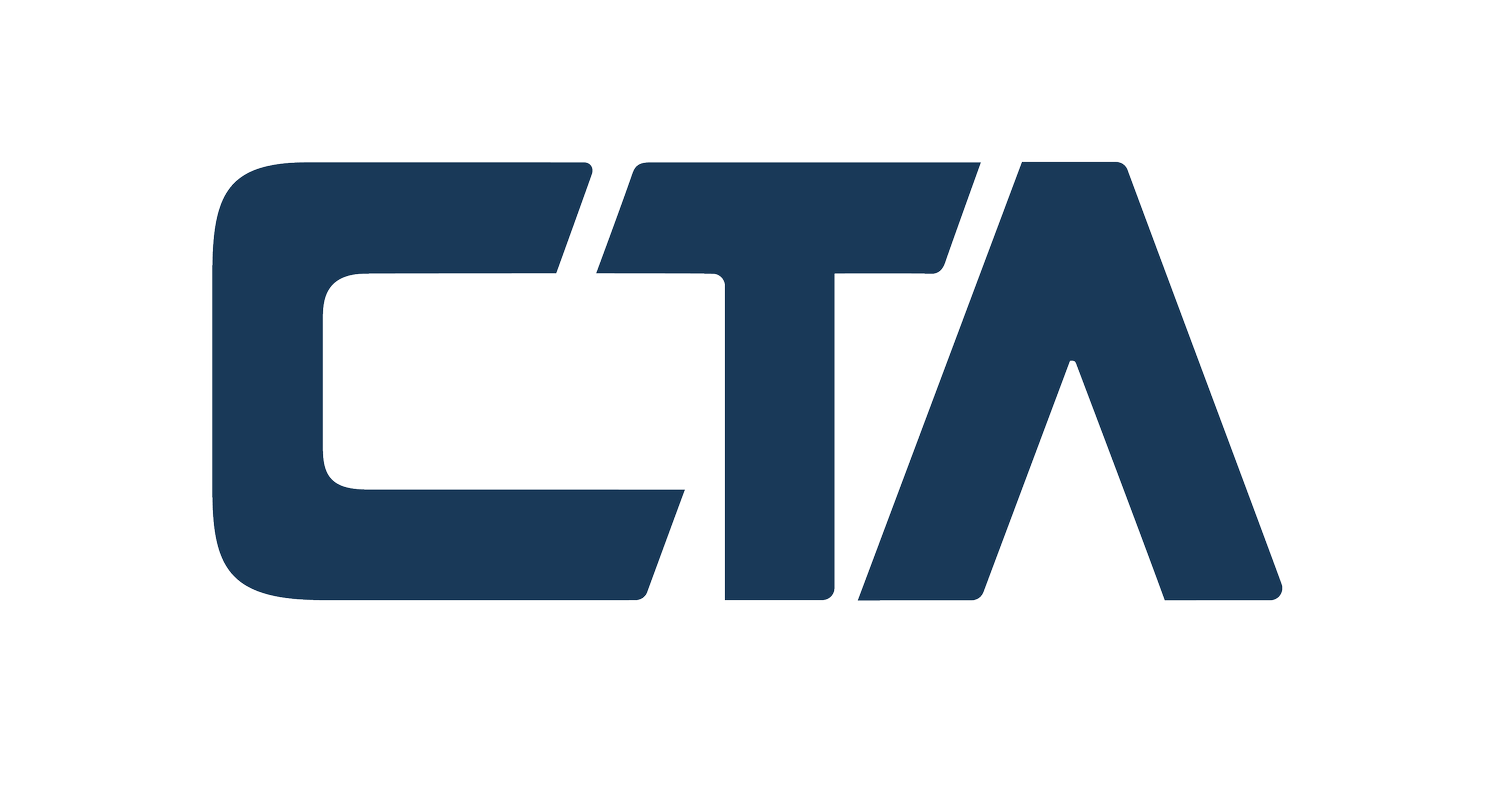DOWNLOAD OUR 174 BIG BEAUTIFUL BILL PLANNING ONE SHEET HERE!!!!!
Congress is on the verge of passing a long-awaited fix to the R&D tax rules. If enacted, Section 174A will allow businesses to once again immediately deduct domestic research expenses—eliminating the burdensome capitalization rules that have been in place since 2022. The bill must still pass the Senate, move through conference with the House, and receive the President’s signature. We expect movement before the July 4th recess, with IRS guidance to follow shortly thereafter.
This presents a major opportunity for businesses to amend prior returns, restart or claim the Section 41 credit, and free up cash in 2025. But some deadlines are approaching fast—especially the statute of limitations on 2022 amended returns.
Here’s a breakdown of what’s changing, how it applies based on your filing history, and what you should do now.
What the Bill Does
- Restores immediate deductions for domestic R&D expenses beginning in 2025
- Lets small businesses (gross receipts ≤ $31M) elect to apply the rule retroactively to 2022–2024 and amend returns or elect to expense it all in 2025
- Allows deduction of unamortized R&D balances in 2025 or over 2025–2026
- Keeps foreign R&D subject to 15-year amortization
How It Impacts You Based on Your Past Treatment
1. You’ve Never Claimed the Section 41 R&D Credit
You’ve been doing research—developing products, building software—but never claimed the R&D credit, likely due to complexity or uncertainty.
Key Takeaways:
- Starting in 2025, you can deduct all domestic R&D costs in full
- If you’re a small business, you may retroactively amend 2022–2024 returns and deduct all R&D at once
- You can also start claiming the Section 41 credit, which could trigger mass savings and tax refunds, including all of your 2022-2024 tax years (depending on statute of limitation issues.
Recommendations:
- Start using the credit if your activities qualify.
- Amend returns for 2022–2024 if eligible to retroactively apply the new rules.
- Act urgently—the deadline to amend 2022 returns to claim the Section 41 credit is approaching fast (Will depend on the filing of the 2022 tax return and extension for that year).
- Document your R&D activity carefully now to support both deductions and credit claims.
Example: A small tech firm spent $100,000 in 2023 on app development. With the retroactive election, they could amend that return, deduct the full $100,000, and claim a $10,000 R&D credit—generating thousands in refunds.
2. You Stopped Claiming the R&D Credit After 2022
You were claiming the credit before 2022 but stopped due to the new amortization rules.
Key Takeaways:
- Immediate expensing returns in 2025
- You may retroactively deduct prior-year costs and restart the R&D credit, amending returns from 2022-2024 for credit and triggering massive cash flow.
- Any costs already capitalized can be deducted all at once in 2025 (or over two years)
Recommendations:
- Restart the R&D credit in 2025 when the costs become fully deductible again.
- Amend 2022–2024 returns if you qualify as a small business.
- Deduct unamortized balances in 2025 or spread them over two years to ease cash flow.
- Work with us to model whether amending or deferring is better for you.
Example: A manufacturer that capitalized $200,000 in research in 2022 and dropped the credit can now amend and deduct the full amount—and retroactively claim the credit—leading to substantial tax savings.
3. You Took the R&D Credit But Ignored §174 Rules
You claimed the credit after 2022 but didn’t capitalize the expenses as required—creating exposure.
Key Takeaways:
- The new law validates your immediate deductions—but only if you correct prior years
- Small businesses can retroactively apply Section 174A to fix filings and avoid compliance risk
Recommendations:
- Amend 2022–2024 returns (if eligible) to align with Section 174A retroactively.
- Ensure your credit is based only on domestic research and correct any errors now.
- Use the new law to clean your slate before IRS scrutiny increases.
Example: A software firm deducted $150,000 in 2022 without amortizing and claimed a $30,000 credit. By amending and electing Section 174A, they make their position valid and avoid penalties.
4.You Followed §174 Exactly Since 2022
You’ve been amortizing R&D over 5 or 15 years since 2022 and likely calculating your credit based on the amortized portion.
Key Takeaways:
- Starting in 2025, you’ll be able to deduct all domestic R&D in full again
- You can elect to deduct the remaining unamortized balance in 2025 or over 2025–2026
- You may be able to amend prior returns and claim larger R&D credits if you’re a small business
Recommendations:
- Elect immediate deductions in 2025 for better cash flow.
- Amend returns if you qualify to apply the new rule retroactively and boost your credit base.
- Review your 2022–2024 credit calculations to determine if the base can be expanded.
Example: A biotech firm amortized $500,000 over 5 years and claimed a credit on just $100,000 per year. By amending, they can deduct the full $500,000 and claim the credit on the full amount—saving significantly more.
Why You Should Act Now
- 2022 is expiring: The ability to amend a 2022 return to claim the Section 41 credit or retroactive deductions could expire as early as April 2026 for calendar-year filers.
- Once passed, you’ll have one year from enactment to file amended returns to apply the retroactive §174A election.
- The sooner you act, the more flexibility you’ll have in modeling your deductions and credit strategy.
Our R&D tax credit specialists here to help you plan your strategy, amend returns, and maximize your deductions and credits under the new law.
This is a rare opportunity to unlock refunds and clean up filings. Let’s make sure you don’t leave money on the table.









